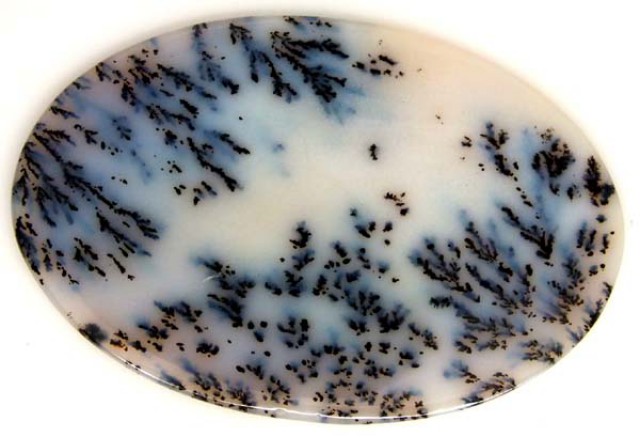
树枝状蛋白石:历史、象征意义、含义及更多!
 宝石爱好者可能会在一些宝石品种中遇到“树枝状”这个词。其中一种宝石就是树枝状蛋白石,这是一种蛋白石,其内部含有深色包裹体,这些包裹体在宝石表面形成令人惊叹的蕨类状图案。
宝石爱好者可能会在一些宝石品种中遇到“树枝状”这个词。其中一种宝石就是树枝状蛋白石,这是一种蛋白石,其内部含有深色包裹体,这些包裹体在宝石表面形成令人惊叹的蕨类状图案。
一般来说,什么是树枝状宝石?
生物学家将树突称为神经细胞末端的分支结构,它们沿着突触与其他树突相互连接,从而在体内传递信息。宝石学家用“树突”一词来指代宝石或岩石上类似树状的纹理。当蛋白石或其他宝石呈现出树状内含物图案时,宝石学家称之为该宝石的“树突状”变种。
在灵修界,树枝状蛋白石具有强大的魔法特性,常用于治疗身体、情感和精神上的疾病。
今天,我们将探讨树枝状蛋白石的含义、历史和特性,包括地质学和精神层面。让我们先从地质学方面入手,看看树枝状蛋白石究竟是什么。
什么是树枝状蛋白石?
树枝状蛋白石是一种普通蛋白石(不显示变彩效应),其特征是内部包裹体呈现出苔藓状或树枝状图案。这些包裹体图案也使其获得了“苔藓蛋白石”或“苔藓蛋白石”的别名。
作为参考,包裹体是指在矿物形成过程中被包裹在其他矿物内部的任何物质。这些蛋白石中最常见的树枝状包裹体是锰和铁等金属氧化物。
树枝状蛋白石的底色通常为白色或黄褐色,带有乳白色珠光和树脂光泽。其内含物颜色较深,常为黑色、深绿色或棕色。这种宝石通常不透明,但有时也呈半透明状,或两者兼具。
天然蛋白石呈苔藓绿色,可能具有猫眼效应,也可能含有黑色、灰色或蓝黑色的树枝状包裹体。这种变种被称为树枝状蛋白石。
树枝状蛋白石是如何形成的?
树枝状蛋白石的形成过程与其他蛋白石类似。地下水带走二氧化硅球体,沉淀在地下的空隙中,逐渐硬化成蛋白石。
然而,最终形成树枝状蛋白石的水-矿物溶液中也含有锰和/或铁矿物,这些矿物在蛋白石硬化过程中会形成其内含物。树枝状蛋白石硬化后,其原石形状通常像葡萄或肾形。
现在你了解了矿物方面的知识,那么树枝状蛋白石作为宝石的特性又如何呢?
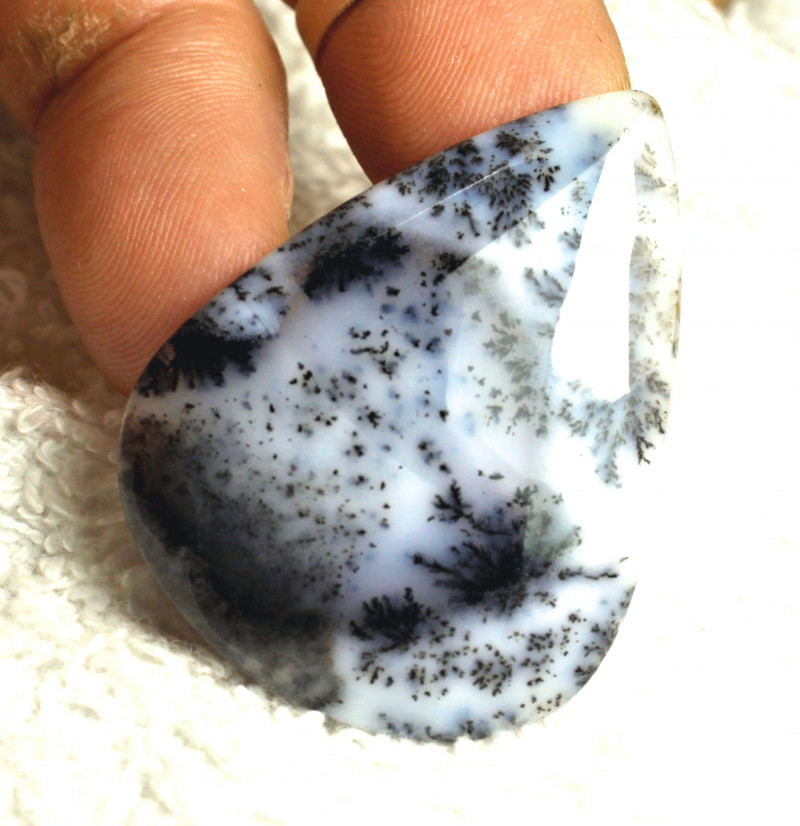
树枝状蛋白石宝石的特性
宝石的特性有助于宝石学家和珠宝商确定宝石的价值,从而让消费者知道他们为宝石的品质支付了合理的价格。蛋白石是最难估价的宝石之一。
决定树枝状蛋白石蛋白石价值的关键特性是其内含物形态和切工。
树枝状蛋白石的内含物可以形成各种各样的图案,而且每一种图案都是独一无二的。例如,内含物形似林地景观的树枝状蛋白石被称为“风景蛋白石”。
树枝状蛋白石含水量高达30%,属于“软宝石”。软宝石通常更容易切割和塑形,但树枝状蛋白石的内含物使切割过程更加棘手。最常见的切割方式是切片或凸面宝石。
树枝状蛋白石与树枝状玛瑙
在选购宝石时,您可能会看到外观相似的树枝状玛瑙。树枝状玛瑙和树枝状蛋白石有什么区别?
树枝状玛瑙和树枝状蛋白石都是含有深色树枝状内含物的硅酸盐矿物,但这两种宝石在几个关键方面有所不同:
矿物家族:树枝状玛瑙是带状玉髓的一种变种,而树枝状蛋白石是蛋白石的一种变种。
晶体结构:树枝状玛瑙具有六方晶体结构,但树枝状蛋白石是无定形的(没有晶体结构)。
矿物属性:玛瑙是矿物,而树枝状蛋白石是 类矿物。类矿物与矿物相似,但没有晶体结构,且化学成分范围比矿物更广。
硬度:树枝状玛瑙在莫氏矿物硬度等级中为 7,而树枝状蛋白石的硬度等级为 5.5 至 6,与大多数蛋白石一样。
产地:树枝状玛瑙主要产自巴西、印度和墨西哥。树枝状蛋白石主要产自澳大利亚、墨西哥和美国。
有趣的是,树枝状蛋白石有时在形成过程中会因树枝状玛瑙的存在而获得包裹体。
我们知道哪些因素会影响树枝状蛋白石的形成,但随着时间的推移,树枝状蛋白石对不同的社会产生了怎样的影响?
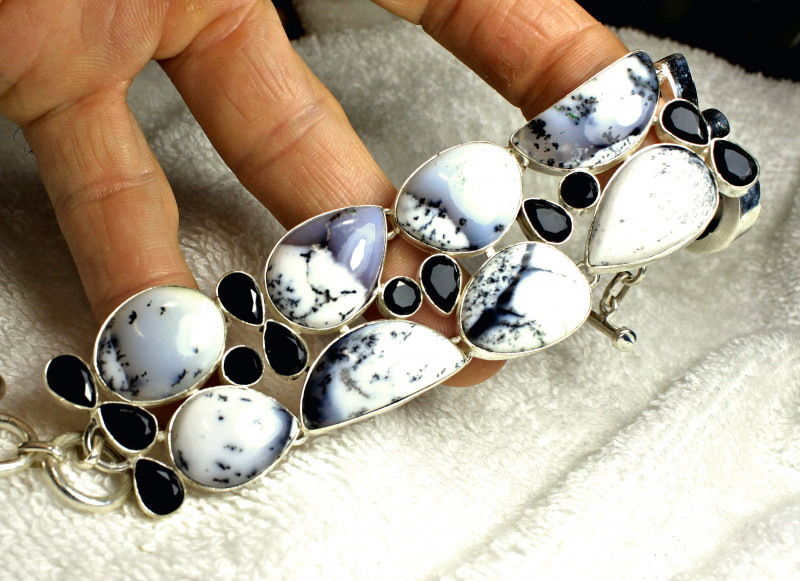
树枝状蛋白石的历史与来源
“树枝状晶体”一词源于古希腊语dendritēs,意为“树状的”,来自dendron ,意为“树”。“蛋白石”一词则可能源于拉丁语opallus ,意为“宝石”,也可能源于古希腊语opallios ,意为“看到颜色变化”。
树枝状蛋白石的首次正式发现是在 19 世纪,当时德国地质学家约翰内斯·门格于 1849 年左右在澳大利亚发现了第一批普通蛋白石。
随着矿工们发现澳大利亚储量丰富的蛋白石矿藏,这种宝石在世界范围内声名鹊起。从皇室成员到普通百姓,都纷纷佩戴蛋白石饰品,这使得澳大利亚如今成为世界最大的蛋白石生产国。
如今,树枝状蛋白石产于哪些地区?树枝状蛋白石稀有吗?
树枝状蛋白石是一种储量相当丰富的宝石,世界各地都有矿藏,但其中大部分仍产自澳大利亚。其他著名的产地包括墨西哥和美国,例如内华达州维尔京谷的矿工们就出产一些会发出鲜艳绿色荧光的树枝状蛋白石。
您还可以在以下地方找到树枝状蛋白石矿床:
奥地利
巴西
古巴
危地马拉
洪都拉斯
印度尼西亚
哈萨克斯坦
日本
俄罗斯
斯洛伐克
西班牙
坦桑尼亚
随着时间的推移,宝石的名称经常会发生变化或获得新的别名。以树枝状蛋白石为例,你经常会看到它与“梅林石”这个名称联系在一起。
树枝状蛋白石与梅林石
梅林石和树枝状蛋白石有什么区别?或者说,树枝状蛋白石就是梅林石吗?
在水晶疗愈界,梅林石是树枝状蛋白石的别称,不过也有人用“梅林石”来指代树枝状玛瑙、裸锰矿或靛蓝辉长岩。这个名字来源于传说中的魔法师梅林,据说树枝状蛋白石具有神奇的魔力。
基于此,我们应该了解哪些关于梅林石树枝状蛋白石的含义?
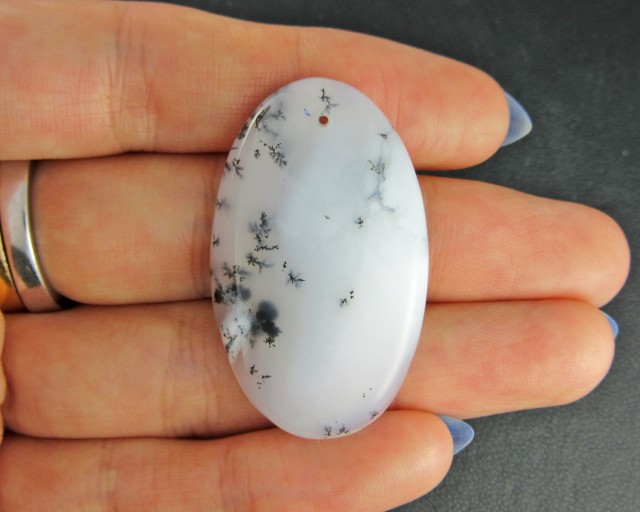
树枝状蛋白石的意义与象征意义
如果你出生在十月,树枝状蛋白石是你的传统生辰石——蛋白石的一种土象变种。从占星学角度来看,树枝状蛋白石是太阳的行星石,因此它是狮子座的幸运护身符。
历史上,树枝状蛋白石与魔法和力量有着密切的联系,蕴含着丰富的精神内涵。中世纪时期,人们认为这种宝石拥有神秘的能量,能够让持有者看到自己最真实的自我。贵族们将其视为身份的象征,并相信这种宝石可以帮助他们巩固权力。
研究或实践巫术的人认为树枝状蛋白石可以增强他们的咒语或力量,他们通常会随身携带蛋白石或在仪式中使用它。
在现代灵修领域,树枝状蛋白石的深色图案与其白色表面形成鲜明对比,象征着阴阳平衡。此外,这些图案与自然界的相似之处也代表着人与地球的联系,能够增强直觉和自我意识。
除了与其他宝石的关联之外,树枝状蛋白石还有什么用途?

树枝状蛋白石的疗愈特性
树枝状蛋白石,又称“梅林石”,因其与历史上最传奇的巫师之一有关而得名,必然蕴含着一些真正神奇的治愈力量。
从生理角度来看,树枝状蛋白石有助于增强循环系统和免疫系统。许多水晶疗愈师也用它来治疗眩晕、炎症和肾脏问题。
在情感方面,树枝状蛋白石常被用于个人成长和缓解压力。据说这种宝石能够帮助人们远离负能量或有害的人,从而促进情绪健康,同时还能增强同理心和耐心。
可以说,树枝状蛋白石最受欢迎的用途是灵性疗愈。据说这种宝石可以提升灵性觉知,增强直觉,加深对宇宙运行规律的理解。
树枝状蛋白石常被称为萨满石,非常适合探索前世、透视或与神灵沟通的人。在深度冥想中使用树枝状蛋白石,可以帮助你更清晰地看到前世,从而更深刻地理解你当前的灵性道路和人生目标。
在能量疗愈中,树枝状蛋白石对应哪个脉轮?
树枝状蛋白石脉轮
树枝状蛋白石对应顶轮。顶轮位于头顶上方能量漩涡之中,是第七个也是最高的脉轮。它掌管你与宇宙精神层面的连接和沟通,以及抽象思维。
由于顶轮掌管神经系统(我们的生物树突就位于此处),因此,用这种宝石来平衡顶轮似乎再合适不过了!
当顶轮阻塞时,你可能会感到迷茫、缺乏安全感,或者抗拒接受新事物。你可以使用树枝状蛋白石来重新打开顶轮,唤醒你的意识,从而接受宇宙的智慧。
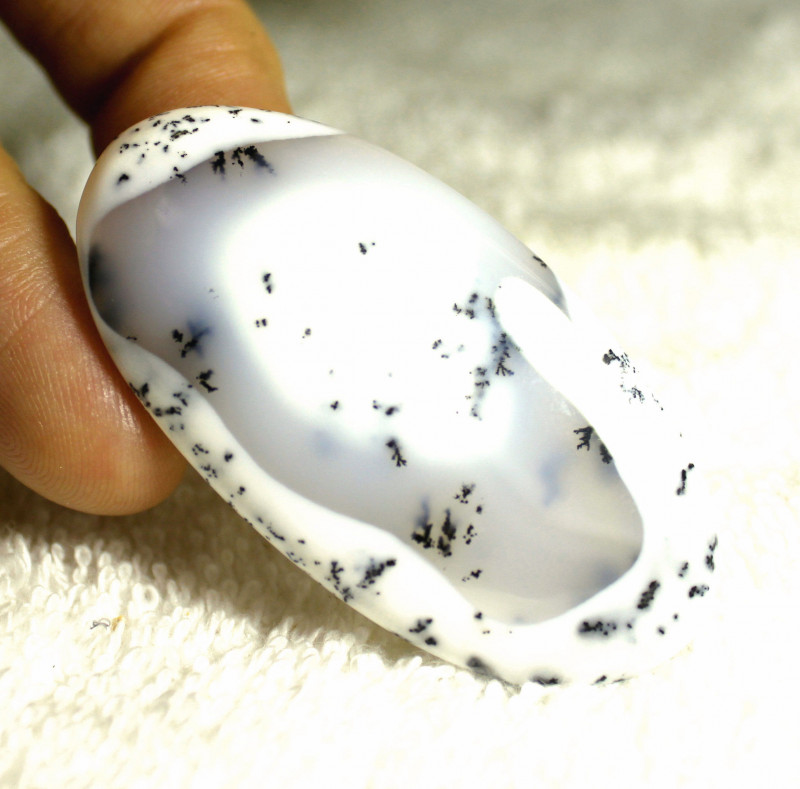
树枝状蛋白石,别具一格!
在浩瀚的蛋白石世界里,树枝状蛋白石是一种质朴的品种,非常适合那些追求独一无二宝石的人。树枝状蛋白石有凸面宝石、切片、原石和珠宝等多种形式,能够瞬间提升任何房间或服饰的格调。
无论你是想用饰品营造神秘美感,还是想获得一些精神上的成长,亦或是想随身携带一件令人舒缓的自然之物,树枝状蛋白石都是完美的宝石之选!
搜索Opal Encyclopedia
最新的文章
文章分类
All there is to know about Opals including Black Opals, Ethiopian Opals & Boulder Opal
14文章数
Check out our fascinating information and articles on all things amazing in the Opal world
41文章数


